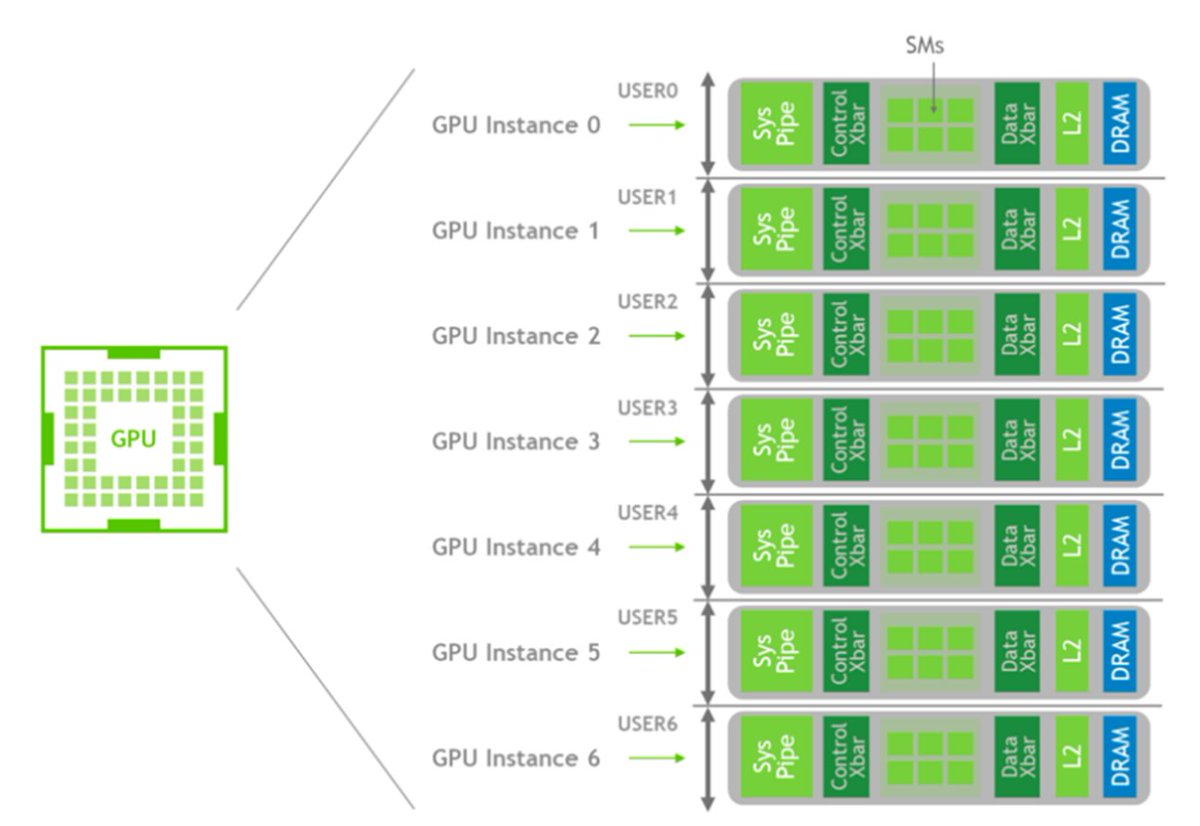
Mukesh
@mithraics_
ML, RecSys & LLM @ 84.51.
Be Kind. Stay Positive. Don't Judge.
ID: 1011022576368476160
https://www.linkedin.com/in/mukesh-mithrakumar/ 24-06-2018 23:05:40
380 Tweet
138 Followers
1,1K Following










Today we are announcing Genie 3, a general purpose world model by Google DeepMind that can generate dynamic, interactive environments with a single text prompt. World models are AI that understand facets of the world (like Veo's knowledge of intuitive physics or Genie's mastery






.Graham Neubig and I are co-teaching a new class on LM inference this fall! We designed this class to give a broad view on the space, from more classical decoding algorithms to recent methods for LLMs, plus a wide range of efficiency-focused work. website: phontron.com/class/lminfere…



